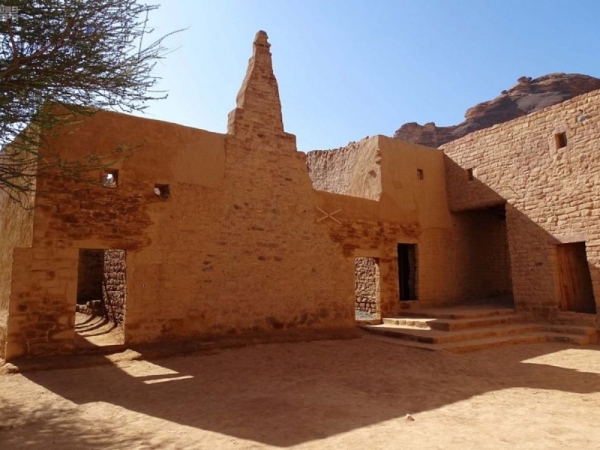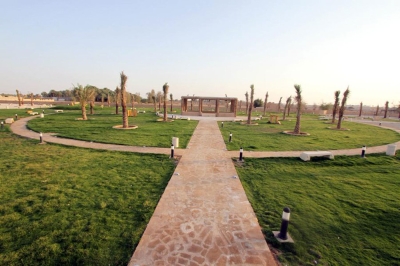
AlUla Old Town is a historical city located in the center of AlUla Governorate in Al-Madinah al-Munawwarah province in the west of the Kingdom of Saudi Arabia, 26 km to the south of the historic city of Al-Hijr, It is a historical settlement that was established on the outskirts of the ancient city of Al Qurh, and today it is part of the history of the city of AlUla. It was established due to its location on the Hajj Road, which connects Levant (Bilad al-Sham) with Makkah al-Mukarramah, and It was mentioned by historians and travelers in their writings between the twelfth and twentieth centuries AD. It retains 900 houses built of mud bricks, interspersed with five courtyards and 400 historical stores.
The location of AlUla old town
The old town of Al-Ula is located specifically on Route 375, which connects the prominent landmarks in the city, starting with the governorate center and then the International Winter at Tantora Festival, the ancient lion tombs, and then Jabal Ikmah, which includes archaeological inscriptions dating to the pre-Arabic era, followed by The Qasr al-Sanea and the ancient Hejaz Railway Station, and finally the historical city of Al-Hijr; One of the world heritage sites registered with the United Nations Educational, Scientific and Cultural Organization "UNESCO".
Historically, the town center can be entered through 14 gates, which open to welcome visitors in the morning and close by evening, and the city from the inside is a series of compact buildings designed in this way for fortification purposes, linked by a series of winding muddy alleys and lanes, which are overlooked by the windows of the buildings, and shaded by the rooftop terraces.
Prominent landmarks of AlUla old town
The sundial known as Al-Tantora, in the center of the city, is one of the most important landmarks in AlUla old town, which still operates till now. It is an old pyramidal building located in Al-Darb Square, through it, the people know the beginning of the two winter seasons when the shadow of Al-Tantora meets the corresponding sign on the ground, an event that does not recur more than once a year. They also know the seasons of cultivation and the distribution of water between farmers, as well as setting the times of the day.
Related quizzes
Related articles

